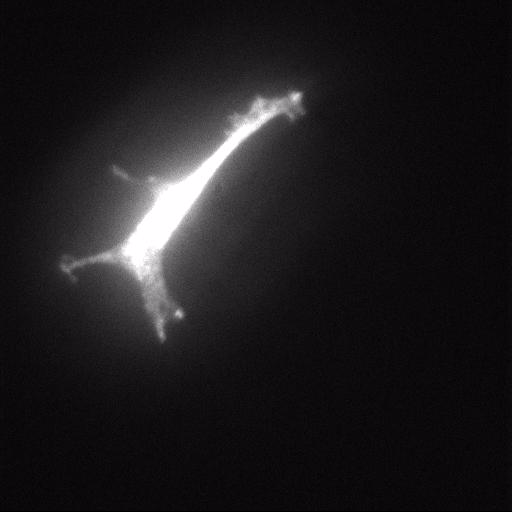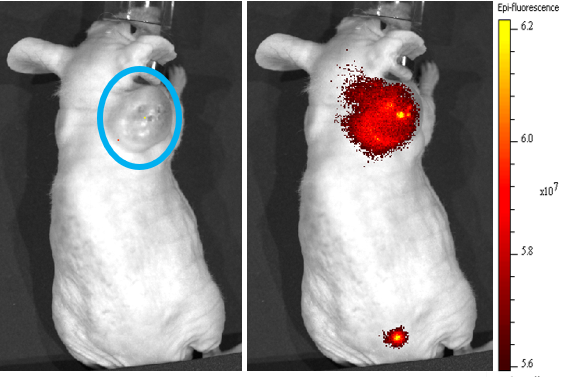Research Interests


1. Understanding the underlying mechanism and functional consequences of nicotine abuse
The abuse of tobacco products (cigarettes, E-Vape, etc) is one of the world’s leading causes of death. Nicotine the primary addictive compound in tobacco elicits a complex physiological response in the central nervous system leading to cellular and molecular level changes across different brain regions. We aim to understand the underlying mechanism and functional consequences contributing to the changes in neurons and astrocytes due to exposure to tobacco products. We are developing new ensemble and single molecule techniques to help answer these questions.


2. Cell derived vesicles for targeted therapeutics
The targeted delivery of therapeutics is one of the primary challenges in the treatment of many diseases. Nonspecific delivery of drugs such as chemotherapeutics lead to a range of off target side effects and limiting efficacy. We are developing therapeutic delivery devices composed of cell derived vesicles that mimic the properties of endogenous vesicles such as exosomes. We are engineering vesicles that specifically target cancer and immune cells to both deliver therapeutics and to sensitize the tumor environment to immunotherapy.
3. Plasmon enhanced fluorescence
Resonant oscillation of electrons at the surface of metal nanostructures result in surface plasmons that can couple with nearby fluorophores leading to enhanced fluorescence signals. We are developing methods to use the plasmonic properties of nanoscale metal structures for biological imaging. We use arrays of nanoscale apertures in thin metal (Au, Al) films to isolate small portions of the plasma membrane for single molecule imaging.
4. In vivo Spectroscopy
We are developing techniques based on in vivo fluorescence correlation spectroscopy (FCS) technology to quantify and visualize neurovascular dysfunction with advanced capabilities to visualize and map cerebral blood flow dynamics across individual vessels. This provides powerful new capabilities for high temporal and spatial resolution measurements of blood flow. We are working to integrate our spectroscopy platform with novel upconversion fluorescence (UCF) particles developed by the Vosch lab (University of Copenhagen). The Anti-Stokes signal is background free since the probe emission is on the higher energy side with respect to the excitation laser, allowing easy suppression of auto-fluorescence. The objectives of this project are to develop an analytical technique that allows us to resolve capillary blood velocity changes of with high temporal and spatial resolution. This technique will then be utilized to understand the role of vascular dysfunction in the progression of neurodegenerative diseases as part of future projects.



